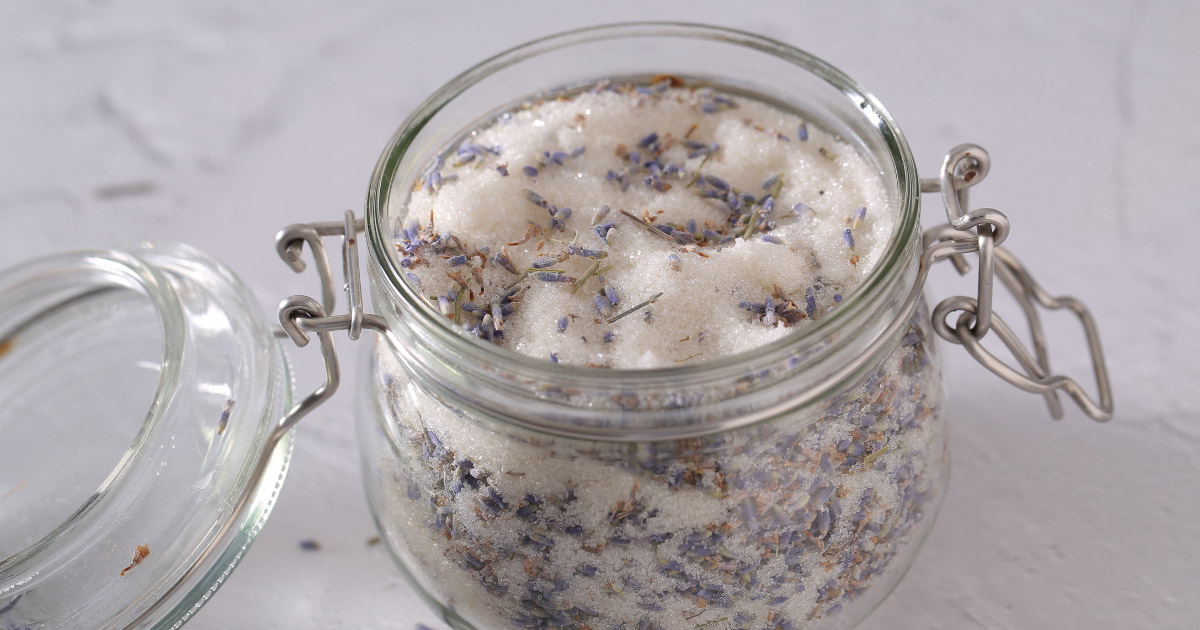Component Blending

I love blending with essential oils!
For many years, I've been exploring the art of combining different oils to create unique and harmonious aromatic blends. It's a passion that has brought me joy and allowed me to tap into the therapeutic properties of these precious oils.
Blending essential oils is like creating a symphony of aromas; each oil plays its own distinct note, contributing to the overall composition. Blending allows me to customize and tailor the aroma and benefits according to my preferences and needs, whether I'm seeking relaxation, upliftment, or a specific therapeutic effect. It's a creative process that constantly inspires me to delve deeper into the world of essential oils and discover new aromatic combinations that captivate the senses.
One blending approach that I find particularly effective is blending from a component perspective, where I take a closer look at the specific components present in each oil.
Component Blending with Sitka Spruce
I love the aromas, the surprisingly effective impact they have on health--and yes, the chemistry! I'm especially interested in essential oil components. I've been blending from a component perspective for many years now and have found the approach really effective.
Let's consider Sitka Spruce (Picea sitchensis).
Sitka Spruce contains a notable percentage of beta myrcene (β-myrcene), which happens to be one of my favorite molecules. It may sound strange to have preferences for molecules, but as an essential oil enthusiast, certain molecular structures appeal to me. β-myrcene, in particular, strikes me as simple, sweet, helpful, and easy to relate to.
There is solid research on the properties of β-myrcene. It is analgesic, anti-inflammatory, and sedative. Oils high in β-myrcene are likely to be good painkillers and can be used in strong dilutions for short periods to reduce pain. We say "likely," because research results for a component's medicinal properties don't necessarily mean the essential oils with those components will behave similarly. That being said, we often find the essential oils high in those components behave in the same ways as the components.
The batch of Sitka Spruce I have from Aromatics International has about 23.5 percent β-myrcene. When blending from a component perspective, I look for other oils with a significant percentage of β-myrcene. Mastic and Lemongrass can both have significant percentages and may add to the blend's analgesic, anti-inflammatory, and sedative effects.
While I greatly appreciate component blending, it's worth mentioning that I consider various other factors and approaches when creating blends. Blending by aroma, energetics, or plant part are just a few examples of the many considerations I take into account. By incorporating multiple approaches in each blend, I have a versatile and effective way of selecting the oils, carriers, and application methods for my blends.
Blending essential oils for therapeutic purposes is indeed a skill that requires training and knowledge. The results that can be achieved through thoughtful blending are truly amazing, making the learning process well worth it. At Aromahead Institute, we offer various educational pathways to help individuals become proficient in the art of blending by understanding the components present in each oil.
By delving into the complex chemistry of essential oils, one can gain a deeper understanding of their therapeutic properties and how different components interact with our bodies. This knowledge forms the foundation for creating effective blends that target specific health concerns or promote overall well-being.
Aromahead Institute provides comprehensive training programs that equip students with the necessary tools and expertise to excel in the field of aromatherapy blending. Our courses offer insights into component blending, focusing on understanding the individual components present in essential oils and their unique characteristics. By learning about the properties of various components, students can make informed decisions when combining oils to achieve desired therapeutic outcomes.
Whether you're interested in pursuing our Aromatherapy Certification Program, Component Blending, or our Advanced Graduate Program, our courses provide in-depth knowledge and hands-on experience to sharpen your blending skills. Through a combination of theory, practical exercises, and guidance from experienced instructors, you'll develop the ability to create blends that smell wonderful and provide remarkable therapeutic benefits.
At Aromahead Institute, we believe understanding what's in the oil is essential to unlocking its full potential. By blending with this knowledge in mind, you can harness the power of essential oils to enhance health, well-being, and the overall aromatic experience. Join us on a journey of discovery and transformation as you master the art of blending by knowing the intricacies of essential oil components.
Aromahead Institute's Blending Classes:
Component Blending
Aromatherapy Certification Program
Advanced Graduate Program (advanced blending approaches from a component, aromatic and energetic perspective)
And the best place to start your journey into the world of blending with essential oils is by enrolling in our Aromatherapy Certification Program. This program provides a comprehensive foundation in aromatherapy, including an in-depth exploration of essential oils, their therapeutic properties, and safe blending practices.





